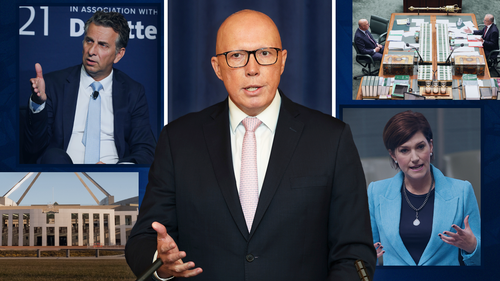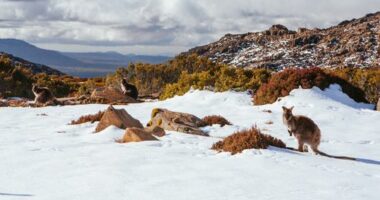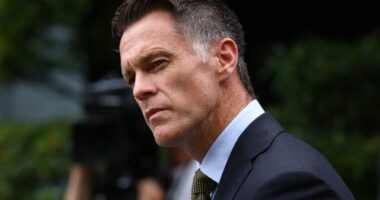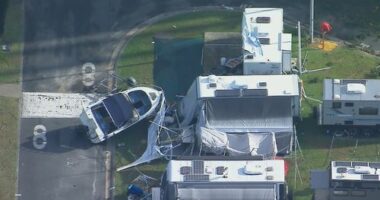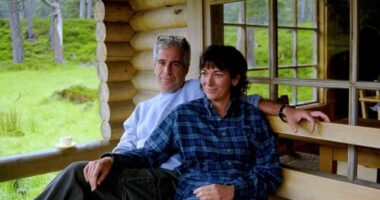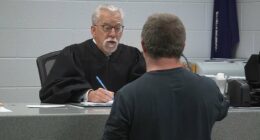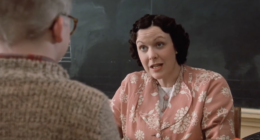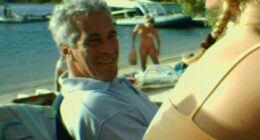Share this @internewscast.com
If Peter Dutton is to become prime minister tonight in the federal election, his Coalition will need to gain more than 20 seats.
The Liberal and National parties, currently holding 54 seats, need an additional 22 to achieve the 76 seats required to establish a majority government.
Such an increase in parliamentary presence hasn’t occurred since Labor’s triumph with Kevin Rudd in 2007, and current polls indicate that achieving this target will be challenging for the Coalition.

Adding to the mountain to climb is the fact that no first-term federal government has been voted out since 1931.
Despite national surveys showing strong support for Labor, Dutton consistently cites his internal polling, which indicates that the pivotal marginal seats crucial to the election outcome are still potentially winnable.
So how can the Coalition catapult itself from opposition and into government?
Step one: Win the ultra-marginals
The first and most obvious step for the Coalition is to pick up the seats Labor holds by slim margins.
Top of the list is Bennelong which, while held by Labor’s Jerome Laxale, is already notionally a Liberal seat after redistribution. Once home to John Howard, this is only the second term in the seat’s history that it’s been held by Labor, and Scott Yung is looking to bring it back to the fold.
Gilmore on the NSW South Coast is another must-win. It was the closest seat in the country in 2022, and the Coalition has a well-known candidate in former state minister Andrew Constance â while Lyons in Tasmania and Lingiari, which covers the vast majority of the Northern Territory, are also obvious targets.
Labor has pulled in former state opposition leader Rebecca White in an attempt to shore up Lyons, but with a sub-1 per cent margin in each seat, all three will be tight races.
The likes of Tagney (2.85 per cent), Paterson (2.6 per cent) and Hunter (4.78 per cent) are among the other marginals the Coalition is eyeing off.
Win five of those seven seats and it will already have made up about a quarter of the ground it needs for majority government.
Destination government, via the outer suburbs
Since becoming opposition leader, Peter Dutton has made clear his intention to chart a course back to government through Australia’s outer suburbs.
“All I want to do is to make sure that we don’t forget about those in the suburbs, and I do think they are the forgotten people,” he said in 2022.
With suburban mortgage holders having borne the brunt of interest rate hikes this term â and therefore ripe for a cost-of-living-focused campaign â they haven’t been forgotten this campaign.
Despite being barren territory for the Liberals in recent times, there’s a swath of such seats in Victoria which, along with a similar group in NSW, offer Dutton and the Coalition the best path back to power.
Aston was won by the Liberals in 2022 before being snatched by Labor during a historic byelection a year later, but it’s considered unlikely to stay in the government’s hands.
Dunkley is another seat on Melbourne’s outskirts that went to a byelection â it was retained by Labor following the death of former MP Peta Murphy, but still saw a big swing to the Liberals that could put it within striking distance this time around.

Add in Bruce (5.31 per cent margin), Holt (7.11 per cent), and Hawke (7.62 per cent) as well as the more metropolitan Chisholm (3.33 per cent) and far more rural McEwen (3.82 per cent), and you have eight Victorian seats with a flippable margin for the Coalition.
Look to New South Wales and it’s a similar case, particularly in western Sydney, where Parramatta (3.72 per cent), Reid (5.19 per cent) and Werriwa (5.34 per cent) are all marginal government seats.
Dutton also appeared in Whitlam (8.31 per cent) in the final week of the campaign, where the retirement of local member Stephen Jones has the Coalition in with a chance.
Just north of Sydney, on the Central Coast, and Robertson is a key contest. Held by Labor on just a 2.23 per cent margin, it has been a bellwether â a seat won by the party that forms government â at every federal election since 1983.
Shortland (6 per cent) on Newcastle’s southern outskirts could also be in play for the Coalition.
South Australia is relatively safe turf for Labor given the strength of Peter Malinauskas’ state government, but Boothby has been targeted by the Coalition during the campaign.
Former MP Nicolle Flint, who quit parliament ahead of the last election over sexist personal attacks and a health battle with stage four endometriosis, has made a return to politics to recontest the seat.
The last election was the first time Labor had won Boothby since the 1940s, and at 3.28 per cent, it’s a marginal contest.
Queensland offers very few options for the Liberals to win seats off the government, but the one exception is Blair.
The margin isn’t particularly tight at 5.23 per cent, but swings of between 6 and 11.3 per cent to the Liberals in overlapping seats at last year’s state election suggest it could be winnable for Dutton.
The country’s newest electorate has also been in his crosshairs. Bullwinkel, in Perth’s eastern outskirts, has been established this election, and while it’s notionally a Labor seat, the margin of 3.35 per cent is skinny.
It’s also been suggested that neighbouring Hasluck and Pearce could be in play, although losing seats with margins up around 10 per cent would spell particularly dire news for Labor.
